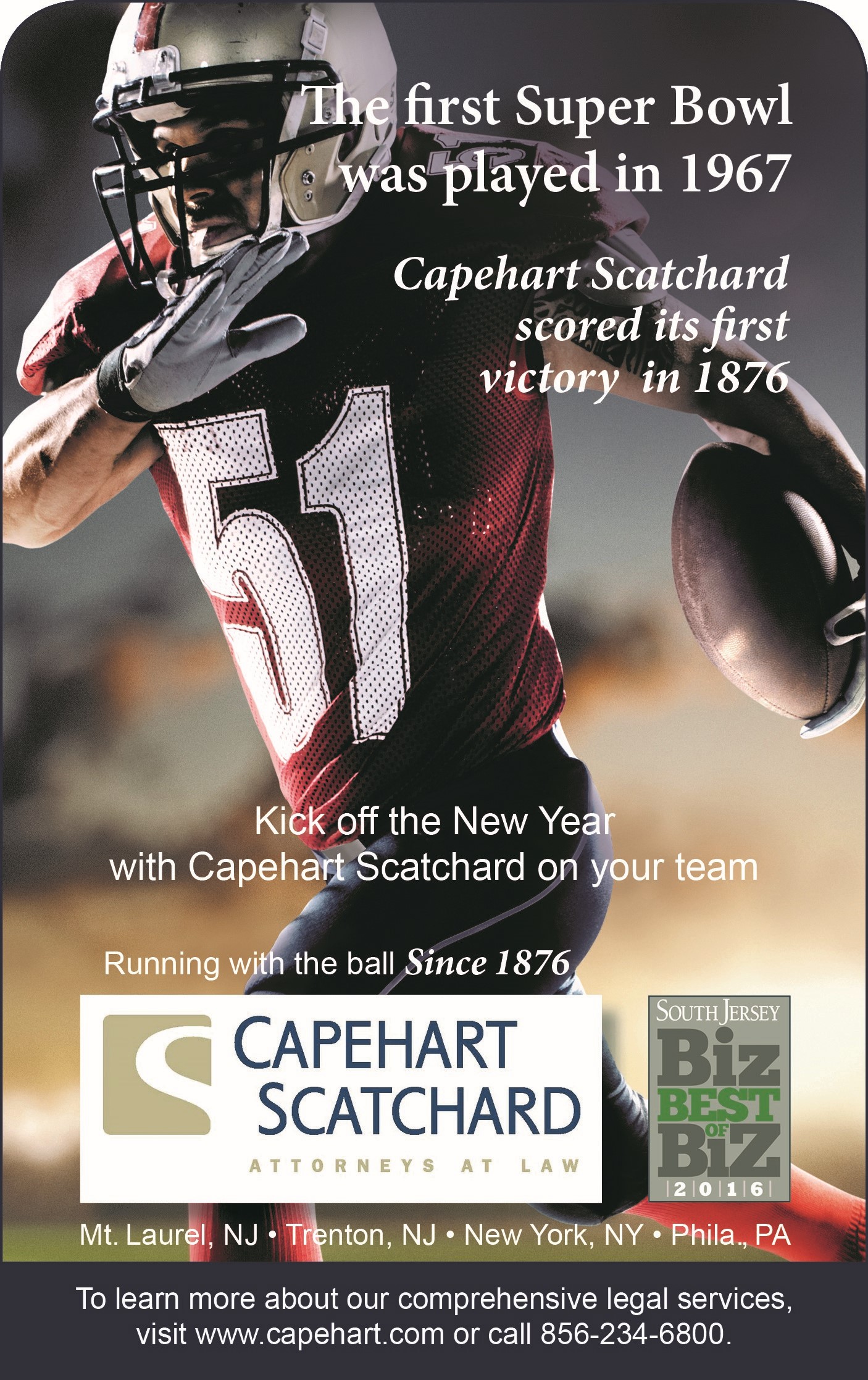Appellate Division Reverses Award to Petitioner in Occupational Pulmonary Case
Anthony DiFabrizio worked for US Airways since 1985 at both Newark Airport and LaGuardia Airport. At Newark Airport he loaded and unloaded baggage from planes, trucks and conveyor belts, as well as driving equipment to push back planes from ramp areas. At LaGuardia he worked from 1995 to 2008 doing similar work. He also worked two years in the freight facility, which he described as stuffy. From 1999 to 2008 he drove trucks to push back planes and directed planes. As of the time of the court decision he was still working for US Airways but had returned to Newark Airport.
In 2001, DiFabrizio started to feel short of breath and noticed that he could not exercise or play sports to the same degree he had been able to in the past. He saw his doctor for upper respiratory conditions and took some medication for a viral infection. However, he was able to do his job and volunteer for overtime work. He never sought treatment from an allergist or pulmonologist.
DiFabrizio was examined as part of his workers’ compensation case by two experts: Dr. Malcolm Hermele for petitioner and Dr. Benjamin Safistein for respondent. Dr. Hermele interpreted his chest x-ray as showing “increased interstitial markings” indicative of restrictive disease. He also diagnosed chronic bronchitis, estimating an impairment of 35%. Dr. Hermele relied on a 2001 article from OSHA regarding the negative health effects of exposure to diesel exhaust. That article did not refer to any other substances that DiFabrizio claimed exposure to.
For his part, Dr. Safirstein found petitioner’s physical exam to be normal. He noted that petitioner denied shortness of breath and a cough, which would negate the diagnosis of chronic bronchitis. He said the x-ray of the chest was normal and his pulmonary function testing was just shy of normal. Unlike Dr. Hermele, Dr. Safirstein was board certified in pulmonary medicine. Further, Dr. Safirstein performed more extensive pulmonary testing, while Dr. Hermele only performed spirometry.
Notwithstanding these significant differences between the experts, the Judge of Compensation awarded petitioner 5% permanent partial disability. US Airways appealed and argued that the evidence did not support the award.
The Appellate Division said that where two experts have diametrically opposed views, it is crucial for the Judge of Compensation to explain why he or she favored one expert over the other. The court said that in this case there was no such explanation. The Appellate Division commented on the more thorough examination by respondent’s expert. “While Dr. Hermele performed lung function tests that measured only spirometry, Dr. Safirstein administered additional tests including diffusion analysis, which he termed ‘the most important test that anyone can have in lung function.” Dr. Safirstein said that doing spirometry alone is not enough because sprirometry is only preliminary in nature and cannot be used to diagnose restrictive pulmonary disease.
The court also noted the specific standards that a claimant must meet in an occupational disease claim. It reversed the decision of the compensation judge and remanded the case. “On remand, the judge of compensation must make detailed findings and determine on the present record whether DiFabrizio has proven ‘by suitable medical evidence that the employment exposure did indeed cause or contribute to the disease . . [and] that the employment exposure substantially contributed to the development of the disease.’”
The case illustrates a number of lessons for practitioners. In respiratory claims, it is particularly important to retain board certified experts who do the complete testing that is necessary to establish either an obstructive or restrictive impairment. The abbreviated testing by petitioner’s expert put petitioner at a disadvantage. Moreover, science matters in occupational claims: simply saying one is exposed to various pulmonary irritants is seldom enough without some scientific support linking the alleged exposure to the particular medical condition.
This case can be found at DiFabrizio v. US Airways, A-1497-12T4 (App. Div. November 20, 2013).








Connect with Capehart Scatchard